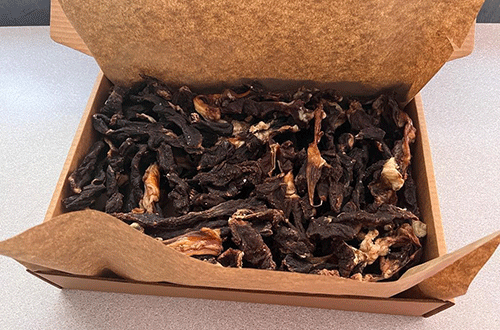Signs of recovery from the prolonged drought are starting to emerge with the domestic beef market recording a 20% growth in cattle marketed for the first half of 2022.
The Agricultural Bank of Namibia (Agribank) this week revealed about 20 000 more cattle were sold by June 2022, adding to the year-to-date total number of cattle marketed of 121 555 compared to the 101 016 during the same period of 2021.
“The improvement is because of a 17% surge in live exports to 67 262 in the half year 2022 compared to 57 262 during the same period in 2021,” Agribank stated.
It added farmers in the southern veterinary cordon fence (S-VCF) are leaning towards weaner live exports for higher returns. Therefore, the number of cattle marketed to local abattoirs in the S-VCF reduced by 28% to 15 166 cattle in the half year 2022, compared to 18 933 in 2021.
Progress is noted at abattoirs, north of the cordon fence, with a 146% increase to 2 048 cattle marketed in the first half of 2022 compared to 831 in 2021. This is in line with upbeat cattle activities, resulting from the reopening of the Katima Mulilo abattoir and the export of beef to Ghana and Angola.
In its monthly Market Watch for July 2022, Agribank states the small stock industry recorded double-digit growth.
“The small stock marketing performed relatively well in the first half of 2022, recording a 33% increase to 378 008 heads from 284 778 in 2021. Live sheep exports continue to be the major driver of this sector, due to favourable market conditions. Therefore, sheep slaughtering reduced by 15% in the first half of 2022, to 53 821 from 63,505 the same period in 2021,” reads the Market Watch.
Furthermore, the pork market is expected to realise its full potential.
During the first half of 2022, at least 22 863 pigs were slaughtered by Meatco registered abattoirs, a 4% increase from the 21 921. Stable growth in the industry, it said, can be attributed to Meat Board’s initiatives under the Pork Market Share Promotion Scheme, to assist local producers with market access amidst cheap imports
Building a diversified sector, Agribank believes the new ambitions of Namibia green hydrogen is a much-needed effort to help fight food insecurity in the country among other opportunities.
“The green hydrogen project could be viewed as a beacon of hope for energy security, employment creation and local skills development and subsequently economic recovery.
The potential spill over to the agriculture sector relates to ammonia production which would create an opportunity to develop the agro-industries such as local fertiliser production, which will reduce reliance on imports for agriculture production inputs,” the Agribank stated.


